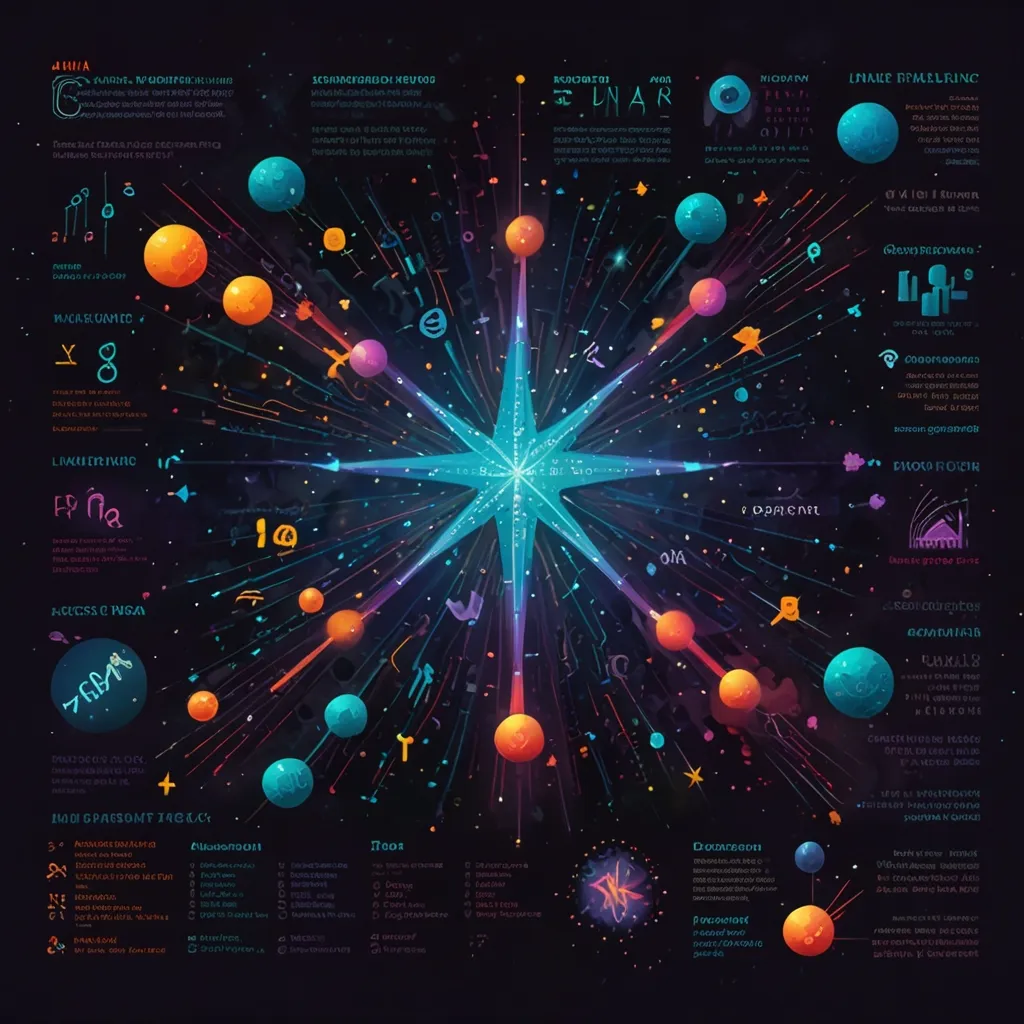In the fast-evolving universe of programming, especially when it comes to numerical and computational science, there’s a rising star that’s grabbing attention: Julia. This high-performance language perfectly blends productivity and performance, making it a stellar choice for scientists and engineers who crave both speed and ease of use.
Why Julia?
Traditionally, scientists and engineers have been stuck dealing with the “two-language problem.” They’d start off by prototyping their work in user-friendly, dynamic languages like Python or R, which are great for ease of use but painfully slow. To make things run faster, they’d then rewrite the code in lower-level, statically typed languages like C or Fortran. It’s a time-consuming, tedious process. Julia steps in to eliminate this hassle by offering a single language that gives you the best of both worlds—high-level simplicity with low-level speed.
Julia’s Design Magic
Julia’s design is all about balance. It walks a fine line between specialization and abstraction. Specialization allows the language to handle different data types and operations with custom treatment, which is crucial for performance. Meanwhile, abstraction keeps the code general and reusable, making it easier to write and maintain.
What’s really cool about Julia is its use of multiple dispatch. This means that the language can pick the perfect algorithm for the situation at hand. The same function can act differently based on the types of its arguments, leading to more efficient and flexible code. Julia also leans heavily on generic programming, turning complex mathematical concepts into efficient, high-level code.
Performance that Packs a Punch
Julia’s stellar performance isn’t just about its design; it’s also a result of some smart technology choices. For instance, Julia uses a just-in-time (JIT) compiler that makes the code highly efficient, often reaching speeds similar to statically compiled languages. Some critics might argue that Julia’s JIT compiler isn’t as robust as a true compiler for statically typed languages, but even so, Julia has proven its worth in real-world scenarios.
Take the Celeste project, for example. Celeste harnesses the power of 8,192 cores on the Cori Supercomputer at Lawrence Berkeley National Lab. It’s a testament to how Julia can handle massive numerical computations with grace and speed.
User-Friendly Experience
Using Julia feels pretty intuitive. Developers can interact with it through different interfaces—whether it’s a standard REPL (read-eval-print loop), .jl files, or even Jupyter notebooks. This variety offers flexibility, allowing you to pick the setup that matches your workflow. The REPL environment is awesome for quick prototyping and testing, while Jupyter notebooks provide a structured approach ideal for educational purposes and collaborative projects.
A Rich Ecosystem
One of Julia’s most significant strengths is its rich ecosystem of scientific computing packages. The LinearAlgebra.jl package, for instance, comes pre-installed and provides strong support for linear algebra operations. Julia also boasts excellent packages for solving differential equations, numerical integration, and even symbolic calculations. These tools make life so much easier for scientists, letting them focus on their research rather than getting bogged down by low-level optimizations.
Real-World Wins
When it comes to scientific computing, Julia shines in various applications. Solving ordinary differential equations (ODEs) is a task that pops up in many fields. Julia’s DifferentialEquations.jl package is a crowd favorite, offering a comprehensive set of tools for tackling these problems. Julia also supports parallelization, which is crucial for large-scale simulations and heavy-duty data processing.
Community Vibes
Julia’s community is vibrant and supportive. Whether you’re a newbie or a pro looking to deepen your understanding, there are tons of resources available to you. Several books and online courses use Julia as a teaching tool for numerical methods and scientific computing. These resources are packed with practical examples and code snippets, making it a breeze for new users to jump in and get started.
A Game-Changer for Scientific Computing
Julia is more than just another programming language. It’s a solution to the age-old issue of balancing productivity with performance in scientific computing. By blending the user-friendliness of high-level languages with the speed of low-level ones, Julia offers a compelling value proposition.
Whether you’re a researcher, engineer, or student, Julia provides the tools and ecosystem needed to tackle complex numerical and computational tasks effectively. It’s essentially a bridge merging different computing cultures, offering a fresh, powerful approach to numerical computing. With its well-thought-out design, robust ecosystem, and supportive community, Julia is set to be a dominant player in the world of scientific computing.
Final Thoughts
Julia combines yin and yang elements of other programming languages, crafting a unique toolkit designed for efficiency and ease. No more jumping between languages to get the job done; with Julia, you can have your cake and eat it too. It’s the Swiss Army knife for the scientific programming world, making it the smart choice for anyone looking to streamline their computational tasks. With an active community and an ever-growing array of resources, diving into Julia seems like a no-brainer.






